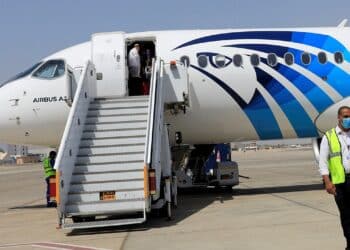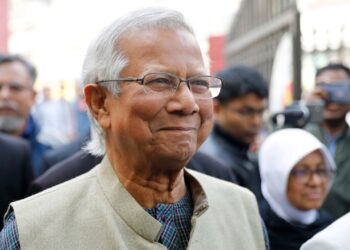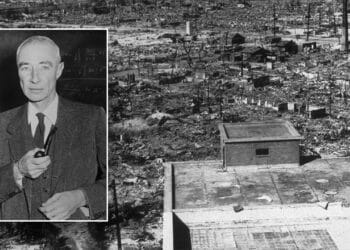On March 19, the administration announced a slew of new restrictions after the first case of COVID-19 was detected in the valley, a 65-year-old woman from Khayam in downtown Srinagar who had returned from Saudi Arabia. There could be seen barricades and concertina wires but that was just to prevent vehicles. Today there are no restrictions on civilians, venturing out in ones and twos. With 14 new COVID-19 positive cases reported from Kashmir on Sunday, the total number of corona virus-positive cases in the newly made UT of Jammu and Kashmir has risen to 106, with a majority of 85 cases reported from the valley.
Unlike other states, Kashmir is reeling under a double lockdown. Without high-speed internet, it continues to operate with only 2 G services and the lockdown that has come with the COVID-19 pandemic. Without 4G, since 5th Aug work has taken a massive hit, a report released by Kashmir Chamber of Commerce noted that business lost $2.4 billion since the lockdown.
The reality of staying stuck at home is far different for the Himalayan region’s 7-million people. “It takes me half an hour to proceed a simple file on email”, says a Kashmiri multimedia journalist at Kashmir Live News Magazine. However, Kashmiri students, studying outside Kashmir, in the recent past when arrived home due to the COVID-19 scare, are unable to continue with studies remotely as their counterparts in other parts of the country. ” For the past three days, since our college began online classes, we have missed sessions due to sluggish internet”, says a student from Kashmir.
His views dittoed with another, “who complained that after getting a video appearance notification from his department, which he is unable to connect, fears about his career after leaving the college as he was informed to be available for online classes to be able to sit in the examination, supposed to be held on return”, he added.
“They have made us silence for six-months, Now they have opened a window”, says another resident of the besieged city. In rural areas outside Srinagar, where broadband connections are more sparse, slow internet speed has become nothing but a source of frustration. They are only allowed to access the government-approved website. while users can access YouTube and Netflix, the internet service is too slow to stream video.
Some Kashmiris are evading censors by using virtual private networks, or VPNs, which are widely employed to access restricted websites. “The internet clampdown in Kashmir is far worse censorship than anywhere in the world, it even surpassed China”, says United Nations experts.
Another major issue regarding this blanket ban is being faced by the public healthcare workers in Kashmir and that too, dearth of infrastructure and manpower in the healthcare sector, which is particularly making it suitable for the virus to spread and that is letting their morale down. Healthcare workers need to access up-to-date medical literature around the pathogen including video consultations, many have taken to social media or spoken to journalists, voicing their discontent about inadequate medical infrastructure but what they got in return, were draconian measures and strict actions muffling their voices and intimidation for ending up in jail for six months for speaking against the state.
“As long as such voices are in the larger interest of patients, it is unfair to snub voices of medical workers,” says a Srinagar-based doctor. Doctors in Kashmir, however, insist that their constructive criticism is a call for help.
Six-months after BJP led government stripped restive Kashmir of its semi-autonomy and imposed total communication blackout, In January it partially lifted restrictions, heralding the restoration of limited, slow-speed 2G internet as a step toward normalcy.
National Conference (NC) President and Srinagar M P Farooq Abdullah, who has recently been released after 5 months of detention post-Aug 5th, wrote to Prime Minister Narendra Modi in the wake of COVID-19 pandemic, demanding the restoration of 4G mobile internet in the large parts of the valley, given that threat of the disease, people need to be updated, to continue with their work, studies and trade and that is impossible with 2G speed and limited fixed-line internet penetration. Their demands are unheard till date and yet to be fulfilled.











